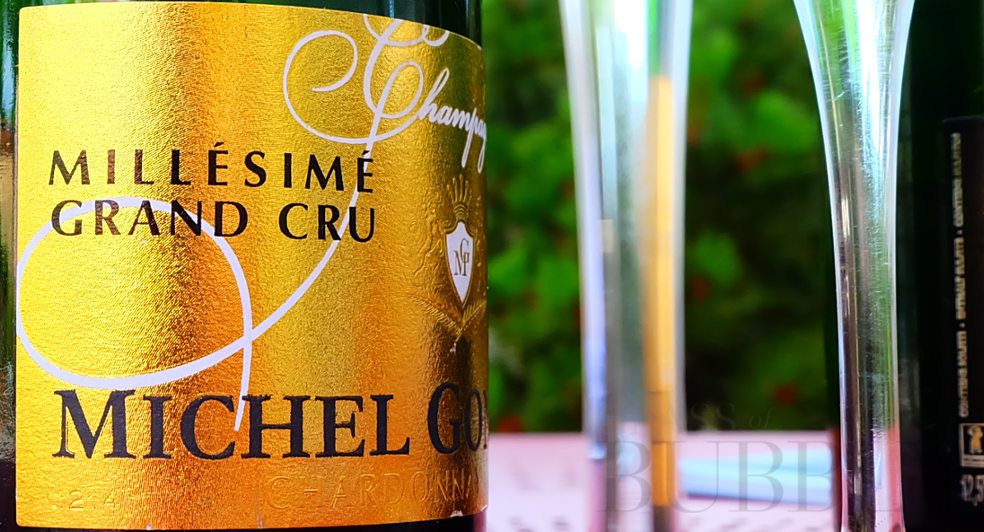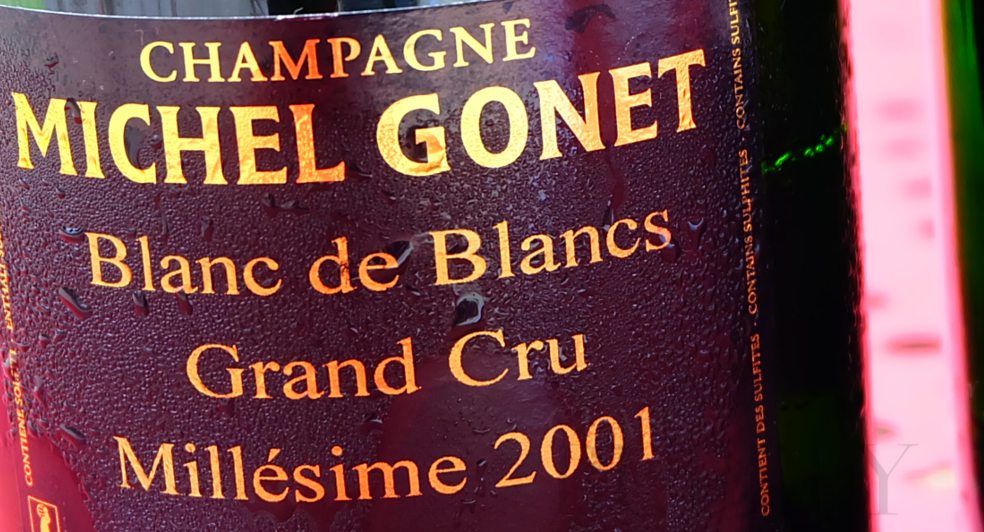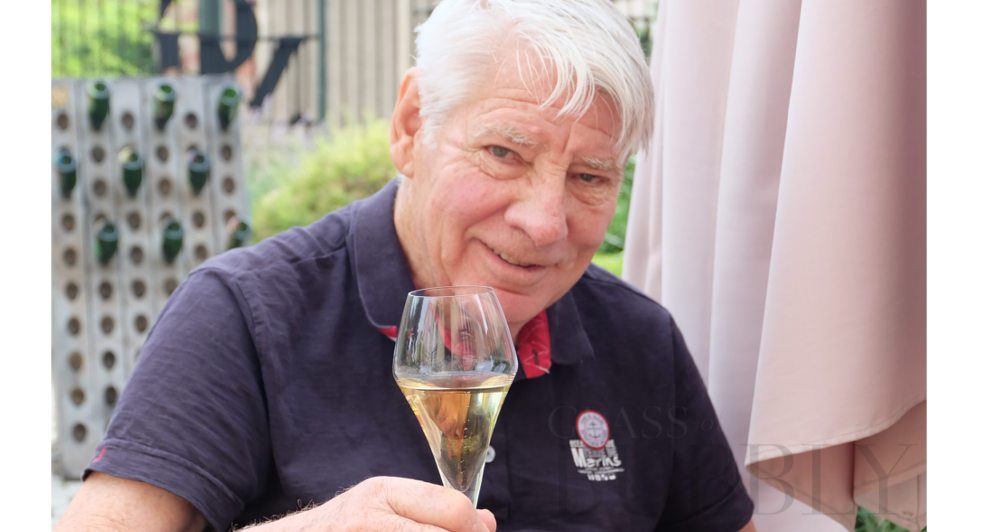Champagne: Vintage vs Non-Vintage
3rd March 2023

Firstly, let us understand the difference between vintage Champagne and non-vintage Champagne. When it comes to Champagne there are five important things to understand and each of them you will find on the label!
Sugar Level – Sweetness
Style – Grapes
Age – Structure / Depth
Cru – Quality
Producer – Identity / Terroir
From the above mentioned we can make a better choice when it comes to deciding upon a Champagne we are going to enjoy. Though each determines an important factor in Champagne production, as with most things in life, the deciding factor will also be our budget! Champagne can be as little as £10 a bottle up to several £1,000’s so our first decision must be what we are willing to spend, from there we can explore the labels on offer.
Non-Vintage: Well over 90% of Champagne production comes under this title. The reason for this is that the grape juice used (the blend) is taken from several years. Wine makers will stock blends (reserve) at their wineries so that they can produce signature Champagne that their consumers have grown accustomed to and also to protect them against years where the quality / amount of grapes picked is poor.
Vintage: Much rarer in Champagne production is vintage and that simply means that the grape juice harvested used to make the wine is from one year only and that year is marked on the label.

Vintage Champagne will have the year clearly marked on the bottle
Non-Vintage (NV) Champagne will generally be cheaper and recommended to be drunk young (usually up to three years from release). Champagne producers will usually have a brut NV and a rosé NV. These will be entry level standard though of course still of fine quality, no Champagne producer wants to make poor bubbly! A Non-Vintage Champagne has to mature for a minimum of 15 months on the lees by requirement of appellation laws ie; Le Comité Interprofessionnel du vin de Champagne.
Vintage Champagne will be seen as a superior label from the winery, only released upon the best harvest years and for Champagne lovers they are highly desirable as they can hold magical, varying flavours. Vintage Champagne will be required to age a minimum of 3 years on the lees. These releases can be kept / stored for several years and will most times improve and also increase in value, many are greatly sought after such as Dom Perignon vintages.

“One of my greatest Vintage Champagne tasting experiences was with Michel Gonet at his House on Avenue de Champagne.” Christopher Walkey
Why is vintage Champagne more expensive? They are rare in that not every year they are released and when they are, the production levels are a lot less (compared to NV). The wine maker will also likely take more time in the production of their vintages and each new release will be a unique experience for them in crafting the end wine. Also, the storage of vintage Champagne is longer compared to NV with a legal requirement, as mentioned, of 3 years on the lees compared to NV at 15 months.
What are Champagne Blends? It is an expensive process, though Champagne producers are required to keep back blends from previous years which are simply stored grape juice (must). These blends will likely be stored in large steel tanks / oak barrels so will take up immense space and will require constant temperature storage. These blends could be specific grape varieties or from certain vineyards – Some Champagne houses will have countless blends at hand and producing their NV each year will be a process of mixing many blends together. Wine makers will constantly be adding new blends to their ‘library’ so making a consistent flavour will require a lot of mixing skills!
Does Vintage Champagne taste better than Non-Vintage Champagne? The most common answer will be yes though we must also understand Champagne quality levels. Though it is safe to say that NV Champagne is standard quality and Vintage Champagne is higher quality, it will depend very much on the Champagne House and wine maker.
Some Champagne houses will make this very easy in that they have two basic NV labels (brut and rosé) and then their best example, a vintage (millesimé). Other Champagne houses will have a larger portfolio of labels to include NV’s which are highly regarded within the industry ie; they are a mixture of vintage blends or they are a single vineyard (clos) release.
As a standard ruling, especially with the bigger Champagne houses (maisons) such as Veuve Clicquot or Taittinger, they will make the selection of their labels very easy for the end consumer – NV labels under their household name and then their prestige range which will include vintages (also clos / prestige cuvée etc) with special release or altogether unique identity.
“I’m sure that most people with an inkling of knowledge on Champagne will be familiar with the name Moet & Chandon . Though under this label you can purchase vintage releases (which are very good by the way), their superior vintage label is under a different identity altogether and that’s Dom Perignon!” Christopher Walkey
Smaller producers such as cooperatives / grower, will proudly release their vintage labels either under the same style / branding within their normal range (just a different label design) or others will go for it and their vintage label will be a stand out including the likes of different bottle shape, expensive labelling, boxed etc.
![]()
Christopher Walkey
Co-founder of Glass of Bubbly. Journalist and author focused on Champagne & Sparkling Wines and pairing them with foods.
